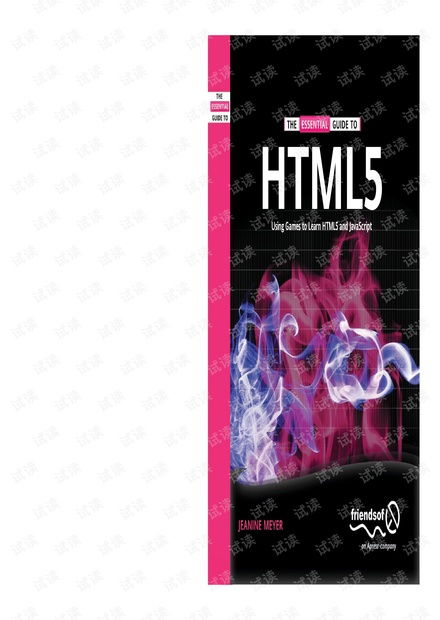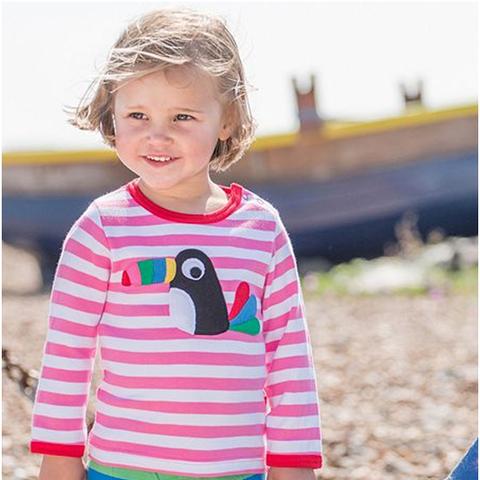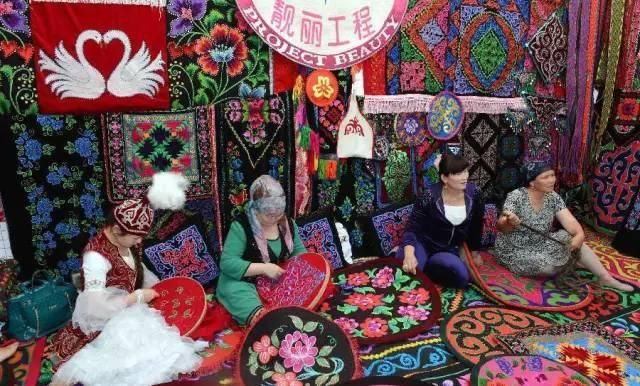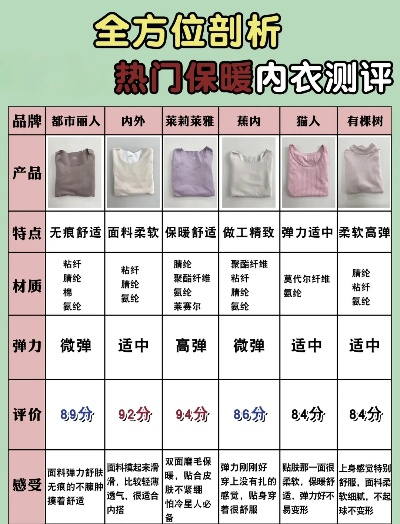The Essential Guide to Antimicrobial Textiles

Antimicrobial textiles have revolutionized the fashion industry by providing a solution for the growing issue of microbial growth in fabrics, which can lead to unpleasant odors, stains, and health risks. In this guide, we will explore the different types of antimicrobial treatments available, their effectiveness, and how they can be incorporated into everyday clothing.
Types of Antimicrobial Treatments
-
Physical Disinfection: This method involves the use of chemicals or heat to physically kill bacteria on the surface of the fabric. Examples include using peracetic acid or sodium hypochlorite solutions.
-
Chemical Disinfection: This approach uses chemicals that disrupt bacterial cell membranes, leading to cell death. Common examples are quaternary ammonium compounds and aldehydes.
-
Microbial Sterilization (MS): This method is designed to sterilize fabrics without causing any harm to the fabric structure or color. It involves treating fabric with high-energy radiation such as ultraviolet light or electron beams.
-
Biocide Additives: These are added to fabrics during the manufacturing process to provide long-term antimicrobial protection. They can be either natural or synthetic and can range from simple preservatives like formaldehyde to more advanced compounds like silver nanoparticles.
-
Enhancing Microbial Resistance: This involves developing materials that naturally resist microbial growth. Examples include bamboo fibers, which have been shown to naturally inhibit mold growth.
Effectiveness of Antimicrobial Treatments
The effectiveness of these treatments depends on several factors, including the type of bacteria targeted, the concentration of the treatment, and the duration of exposure. For example, quaternary ammonium compounds are effective against Gram-positive bacteria but less so against Gram-negative bacteria. Peracetic acid is highly effective against both types of bacteria, but it can cause discoloration and damage to some fabrics.
Incorporating Antimicrobial Treatments into Clothing
To ensure that antimicrobial treatments are effective, it's important to choose the right combination of treatments and fabrics. For instance, if you're looking to protect against bacterial growth on sportswear, a combination of physical and chemical disinfection might be sufficient. However, if you're dealing with fabrics that need to be resistant to microbial growth over an extended period, then MS may be the best option.
Additionally, it's crucial to consider the impact of antimicrobial treatments on the environment and human health. Chemical treatments can release harmful substances into the atmosphere, while physical treatments can damage fabrics or leave residues that can be harmful to humans. Therefore, it's important to choose treatments that are eco-friendly and safe for both the environment and the consumer.

Case Study: The Rise of Antimicrobial Activewear
One area where antimicrobial activewear has seen significant growth is in athletic wear. Many athletes are now opting for clothes that are treated with antimicrobial agents to reduce the risk of infection and improve performance. For example, Nike has developed a line of sportswear that includes antimicrobial treatments, such as those found in their Pro Model 4 training pants. These pants are designed to prevent bacterial growth on the skin, reducing the risk of chafing and blistering.
In addition to athletic wear, antimicrobial activewear is also becoming popular in other areas, such as swimwear and outdoor gear. As consumers become more aware of the importance of hygiene and protecting themselves from potential health risks, the demand for antimicrobial activewear is only set to grow.
Conclusion
Antimicrobial textiles offer a promising solution to one of the most pressing issues facing the fashion industry today – the prevention of microbial growth in fabrics. By understanding the different types of antimicrobial treatments available and their effectiveness, as well as considering the impact on the environment and human health, consumers can make informed decisions about the products they choose. As technology continues to advance, we can expect to see even more innovative and effective ways to incorporate antimicrobial treatments into everyday clothing.
随着人们对健康和舒适度的追求不断提高,抗菌纺织品成为了现代生活中不可或缺的一部分,本文将为您介绍抗菌纺织品的相关知识,帮助您了解市场趋势,选择健康安全的纺织品。
抗菌纺织品的重要性
抗菌纺织品能够有效防止细菌滋生和传播,保护人们的健康,在当今全球化的市场中,抗菌纺织品已经成为一种必备的健康选择,无论是家庭、医院、公共场所还是个人护理产品,抗菌纺织品都扮演着重要的角色。
抗菌纺织品市场趋势
- 市场需求增长:随着人们对健康和舒适度的关注度不断提高,抗菌纺织品的市场需求也在不断增长。
- 新型抗菌材料不断涌现:新型抗菌材料不断涌现,为抗菌纺织品提供了更多的选择。
- 环保理念深入人心:环保理念深入人心,越来越多的消费者开始关注环保和可持续性。
抗菌纺织品的选择要点

- 材质选择:选择具有抗菌性能的材质,如天然纤维、合成纤维等,要注意材质的环保性。
- 工艺选择:选择经过特殊工艺处理的抗菌纺织品,如织造工艺、印花工艺等。
- 品牌信誉:选择知名品牌、经过认证的品牌,确保产品的质量和安全性。
案例分析
-
某品牌抗菌毛巾 该品牌抗菌毛巾采用了天然纤维和特殊抗菌剂相结合的工艺,具有出色的抗菌效果和舒适性,该产品受到了广大消费者的喜爱和好评。
-
某医院手术服 该医院手术服采用了抗菌面料和特殊工艺处理,可以有效防止细菌滋生和传播,该产品得到了医院的高度认可和好评。
选购抗菌纺织品的方法
- 查看材质:查看产品的材质是否具有抗菌性能,是否符合环保要求。
- 检查工艺:检查产品的工艺是否经过特殊处理,是否符合国家标准。
- 了解品牌信誉:了解产品的品牌信誉和口碑,选择知名品牌和经过认证的品牌。
- 注意产品标识:注意产品是否有相关的认证标识和检测报告,确保产品的质量和安全性。
注意事项
- 注意产品适用范围:不同种类的抗菌纺织品适用于不同的场合和用途,要根据自己的需求选择合适的抗菌纺织品。
- 注意个人卫生:在使用抗菌纺织品时,要注意个人卫生和防护措施,避免细菌传播和感染。
- 注意环保意识:在选择抗菌纺织品时,要关注环保和可持续性,选择环保材料和生产工艺的抗菌纺织品。
抗菌纺织品是现代生活中不可或缺的一部分,对于保护人们的健康具有重要意义,在选择抗菌纺织品时,要注意材质、工艺、品牌信誉和个人需求等方面,要注意环保意识和可持续性,选择环保材料和生产工艺的抗菌纺织品,通过本文的介绍,相信您已经对抗菌纺织品有了更深入的了解和认识。
Articles related to the knowledge points of this article:
The Impact of Textile Industrys Challenges on Global Supply Chains
The Transformative Power of Textiles in Personal Well-being
Quality in Knitwear:A Comprehensive Guide to Assessing and Understanding



